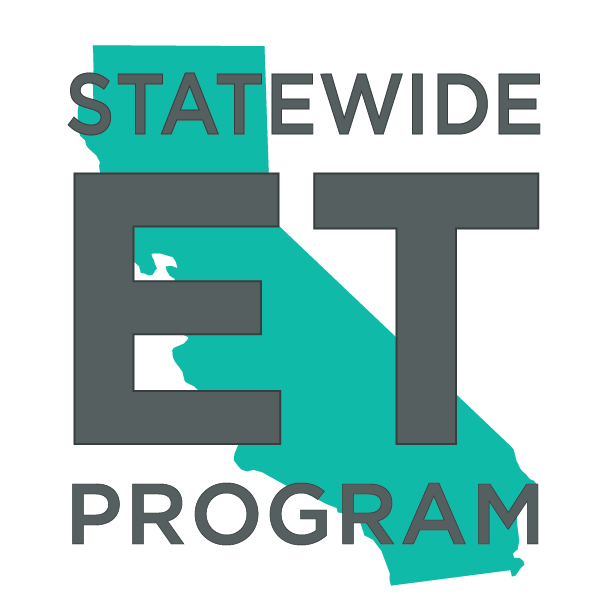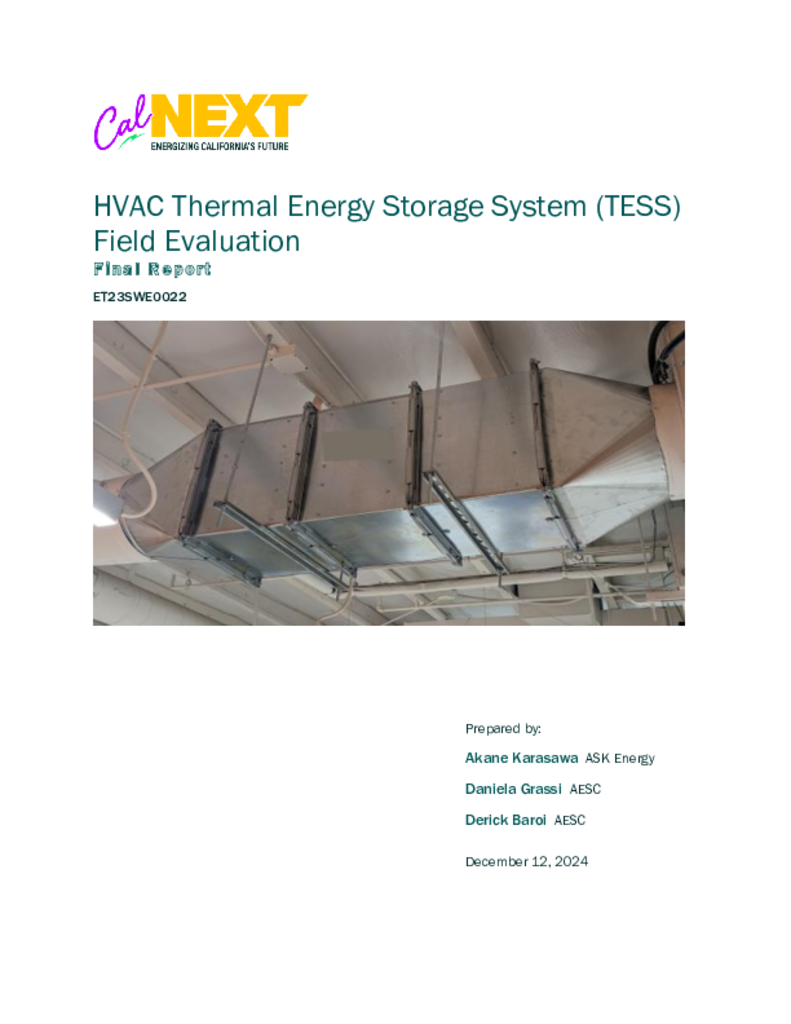ET23SWE0022 - HVAC Thermal Energy Storage System (TESS) Field Evaluation
This project will study a Thermal Energy Storage System (TESS) that utilizes phase change material (PCM) inserted in the supply duct combined with smart controller optimizing for compressor limiting operations during peak demand periods. The TESS is actively managed to get the maximum benefit by cycling the thermal storage media.
Previous lab and field studies have demonstrated TESS’s capability to reduce peak load of a single HVAC unit. With the proposed field demonstration study, TESS will be installed in multiple HVAC units at a single site. The TESS also comes with one, central, controller that will be used to stagger compressor operations from RTU to RTU, to maximize the site-level peak reduction. We believe overall site peak savings related to HVAC operations can be doubled or more with this strategy.
The proposed project will also confirm earlier findings and show further potential for peak reduction through staggered sequencing operation of multiple RTUs. We will select a commercial building with multiple RTUs, preferentially at a site located in a disadvantaged community (DAC). The project team will install the technology across multiple RTUs and assess the energy and demand savings potential of the TESS. Occupant thermal comfort and satisfaction will also be monitored through temperature sensors and occupant surveys during the study.
The study will evaluate the performance of the TESS and its controls, kW, kWh , and GHG savings. Results will be presented for summer peak period and off-peak periods – focusing on overall daily operation to show peak demand reduction, peak load shift, and energy savings resulting from shifting the compressor operation to cooler morning hours.
Additionally, the study will quantify the demand reduction during demand response events. The controller can adjust the thermostat’s cooling setpoint and compressor limiting strategy according to the event defined by the utilities demand response tariff or demand response program utilizing OpenADR protocol. The manufacturer is currently in process of integrating OpenADR into their thermostat. We plan to conduct DR test during the actual demand response events.

